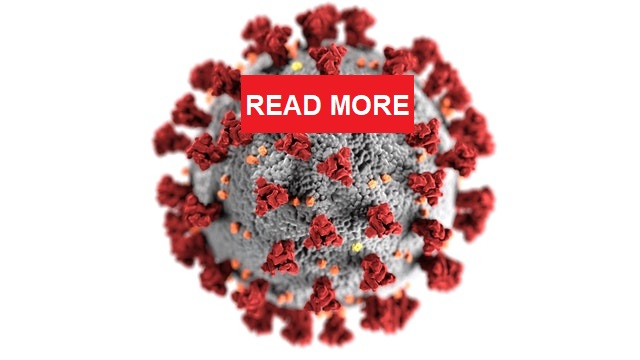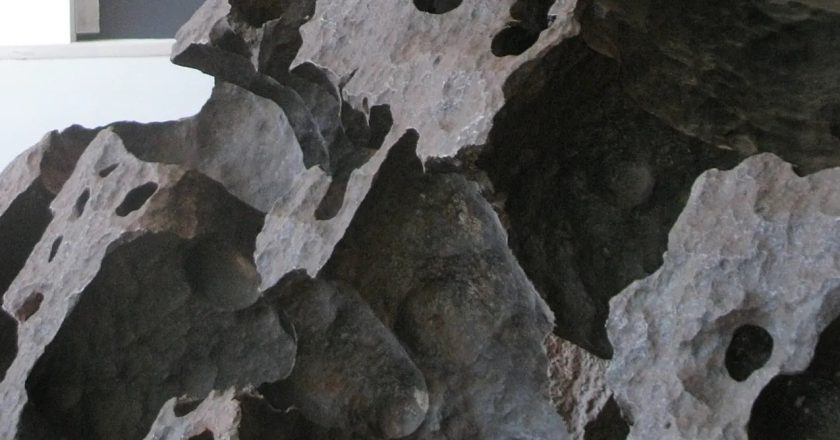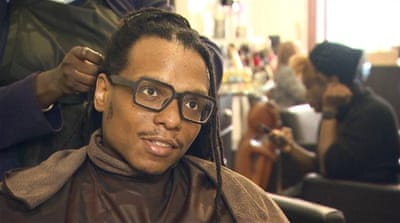A Black Hole, Could A Human Enter One To Study It
To solve the mysteries of black holes, a human should just venture into one.
A person falling into a black hole and being stretched while approaching the black hole’s horizon. Leo Rodriguez and Shanshan Rodriguez, CC BY-ND
Curious Kids is a series for children of all ages. If you have a question you’d like an expert to answer, send it to CuriousKidsUS@theconversation.com.
Could a human enter a black hole to study it? – Pulkeet, age 12, Bahadurgarh, Haryana, India
However, there is a rather complicated catch: A human can do this only if the respective black hole is supermassive and isolated, and if the person entering the black hole does not expect to report the findings to anyone in the entire universe.
We are both physicists who study black holes, albeit from a very safe d...




